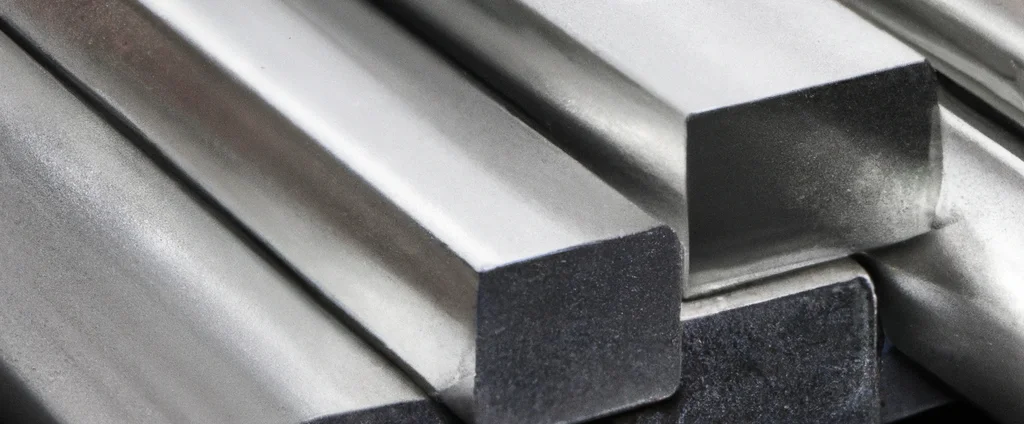Aluminum Alloy 4043 (UNS A94043)

Aluminum 4043 is a welding wire commonly used to join various aluminum alloys, especially those that are not heat-treatable. It is a silicon-based alloy with a relatively low melting point and excellent fluidity, which makes it ideal for welding applications.
| Chemical Composition | ||
|---|---|---|
| Element | Min | Max |
| Aluminum | 92.3% | 95.5% |
| Copper | —— | 0.3% |
| Iron | —— | 0.8% |
| Magnesium | —— | 0.05% |
| Manganese | —— | 0.05% |
| Silicon | 4.5% | 6.0% |
| Titanium | —— | 0.2% |
| Zinc | —— | 0.1% |
| Residuals | —— | 0.15% |
The following table provides a list of aluminum 4043 properties in both SI and US customary/Imperial units.
Click on the button to switch between Metric and Imperial units.
| Physical Properties | Metric |
|---|---|
| Density | 2690 kg/m3 |
| Mechanical Properties | Metric |
| Tensile Strength | 140 - 280 MPa |
| Yield Strength | 70 - 170 MPa |
| Shear Strength | 90 - 130 MPa |
| Elongation at Break | 10 - 20% |
| Poisson’s Ratio (ν) | 0.34 |
| Brinell Hardness | 80 HB |
| Thermal Properties | Metric |
| Melting Point | 570 - 630 °C |
| Thermal Conductivity | 160 W/m·K |
| Specific Heat Capacity (Cp) | 850 J/kg·K |
| Coefficient of Thermal Expansion (αL) | 2.2×10-5 1/°C |
| Electrical Properties | Metric |
| Electrical Conductivity | 2.5×107 S/m |
| Electrical Resistivity | 4.1×10-8 Ω·m |
The values in this table are approximate and can vary depending on various factors such as the specific manufacturing process and heat treatment applied to the alloy.
Advantages & Disadvantages of Aluminum 4043
| Advantages | Disadvantages |
|---|---|
| Good weldability | Lower strength |
| Corrosion resistance | Limited heat treatability |
| Low cost | Limited ductility |
| High fluidity | Limited availability |
Applications of Aluminum 4043
Aluminum 4043 is a popular aluminum alloy that is used in a variety of applications, including:
- Welding: Primarily used as a welding filler metal due to its excellent weldability and fluidity. It joins aluminum components in a wide range of applications, including automotive, aerospace, and construction.
- Wire and cable coatings: Used as a coating material for wires and cables due to its excellent electrical conductivity and corrosion resistance. This makes it well-suited for use in electrical and electronic applications.
- Brazing: Suitable for brazing applications where high strength is not required. Often used in the production of heat exchangers, air conditioning systems, and other refrigeration equipment.
- Structural components: Used in the production of structural components for various industries, including transportation, construction, and marine. Its good corrosion resistance and low cost make it an attractive option for these applications.
- Heat exchangers: Effective in the production of heat exchangers due to its good thermal conductivity and corrosion resistance. Often used in automotive radiators and other heat exchange systems.
